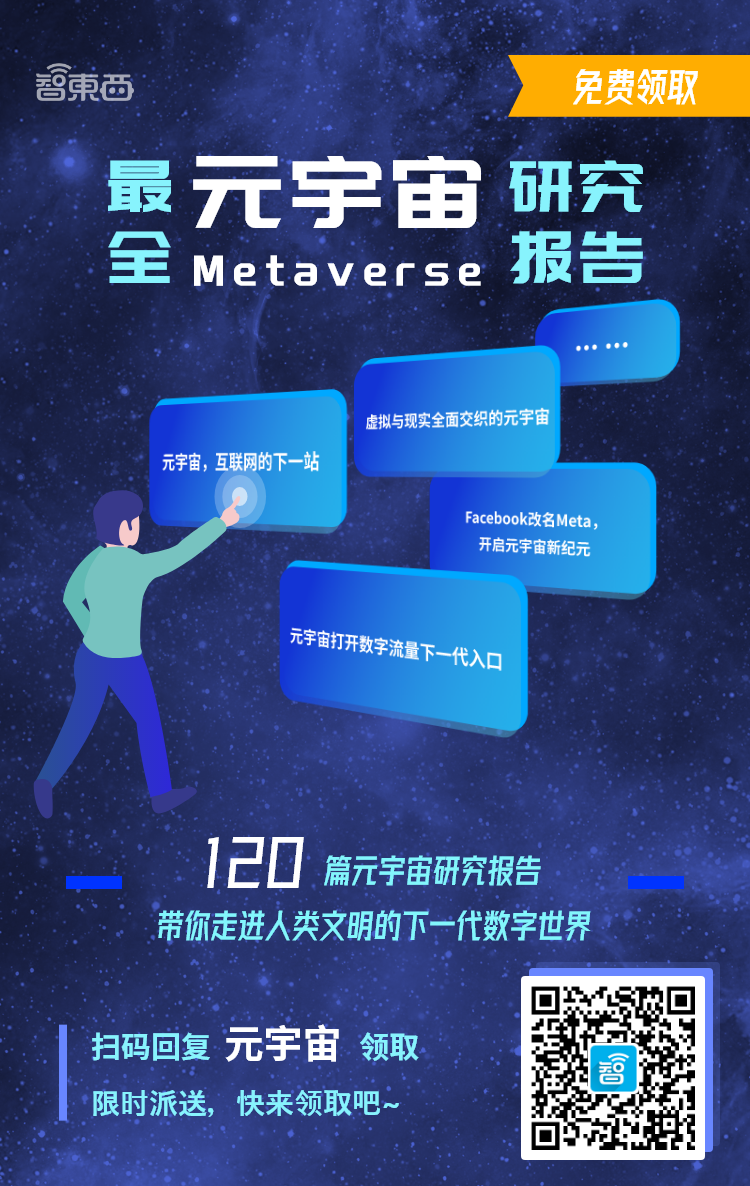
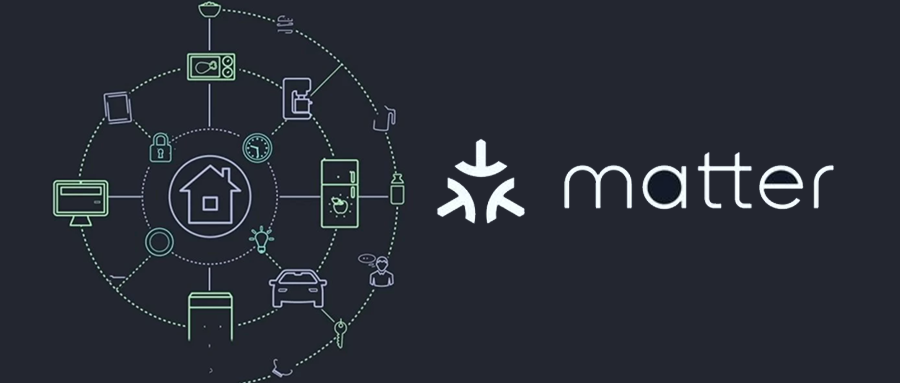
Want to be the leader in smart home technology? Matter has big ambitions. Author | Yunpeng Editor | XinyuanWhat is a smart home? It is one of the hottest tracks in the tech industry today. What is “Matter”? If you are not a professional in the field, you might find it quite unfamiliar.But it is not an exaggeration to say that Matter could become a key variable that disrupts the smart home market in 2022 and the following five to ten years.Whether you are optimistic about it or not, Matter has already received unanimous support from smart home giants like Apple, Google, and Amazon, and domestic companies such as Xiaomi, Huawei, and Tuya Smart have also joined in.
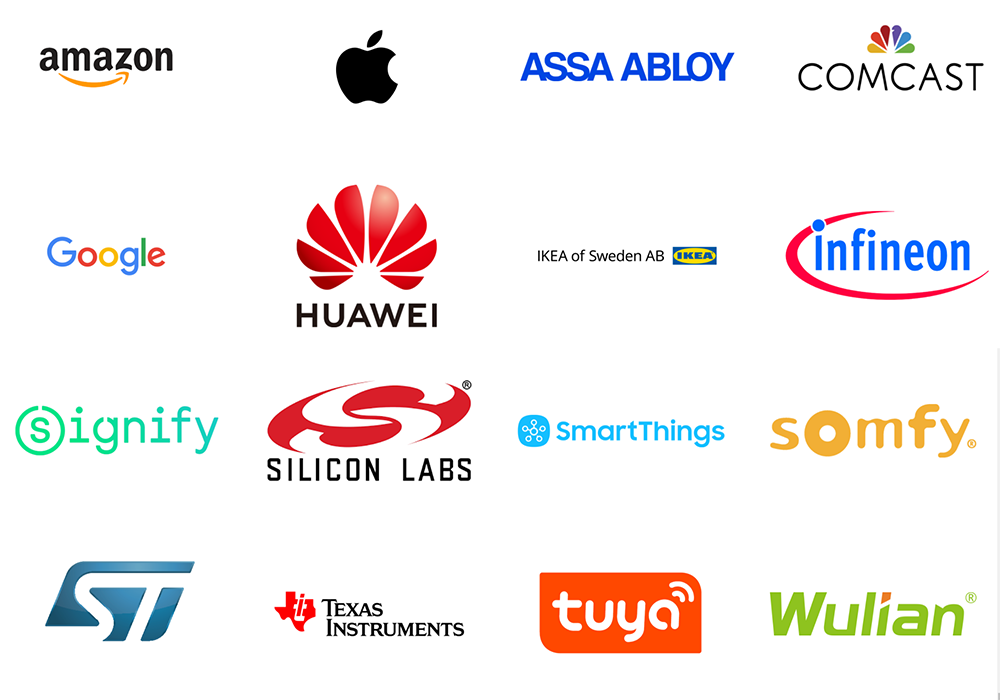
▲ Some of the promoters of Matter
In simple terms, Matter is an industry standard that is being developed in the smart home field, and the ultimate goal of Matter is to achieve a “unified” global standard for the smart home industry.Of course, there are still many challenges to overcome to achieve this goal.
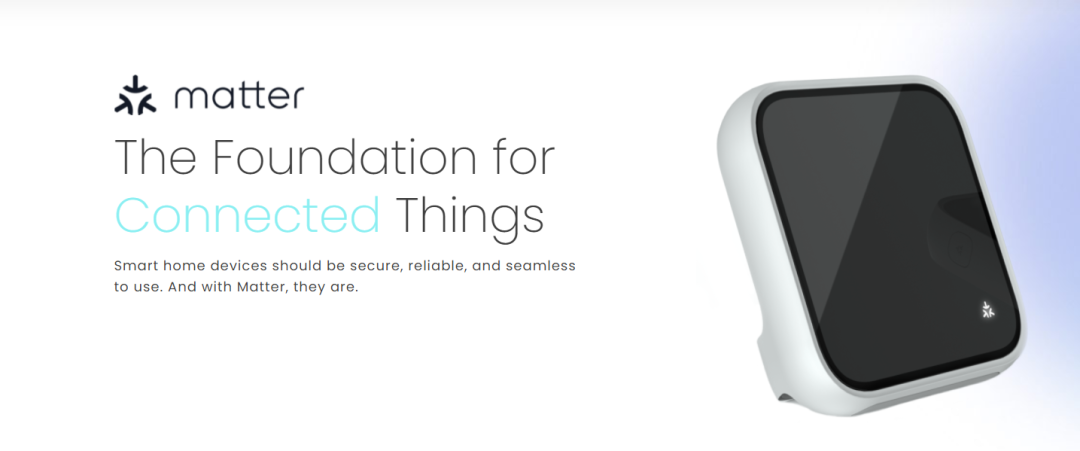
At the 2021 Apple WWDC, Apple’s product and service upgrades in the smart home sector seemed to be a gradual process, but one statement caught my attention: Apple will integrate Matter into its smart home ecosystem and support Matter-enabled products.Can Matter, which is favored by the giants, solve the problems of a fragmented smart home market with chaotic standards? What is the underlying game behind the chaos in the smart home market? Will Matter be just a “facade project” or a key factor that can change the landscape of the smart home market?Through in-depth discussions with several industry insiders from smart home players and companies promoting the Matter standard, we will attempt to find answers.Benefits of this article:The development of smart homes from individual products to whole-house solutions is a long-term process. The industry standard for smart homes, Matter, is also progressing.Recommended premium report “Smart Home Industry Research Report – Moving Forward, the Future is Promising”, available by replying with the keyword [Smart Things 267] in the public account chat.01.What exactly is Matter, which is favored by the giants?The smart home market has developed for nearly 20 years, and now from Apple, which is close to a market value of three trillion dollars, to thousands of startups, almost everyone can find a place in this track.From smart speakers, smart TVs to smart bulbs, smart locks, and smart curtains, it seems that smart homes are no longer a dream but have already become a reality. So why do we still hear complaints about the chaotic smart home ecosystem and the lack of unified standards?When you want to use a Google smart speaker to control an Amazon smart doorbell to see what the delivery person at the door is delivering, you find that they cannot control each other. When you hold a Huawei phone and want to control a Xiaomi smart lock or Xiaomi smart camera, you find that you need to download different ecosystem apps to connect.Can smart devices connect with each other? Yes, but can they collaborate well? Not quite yet.
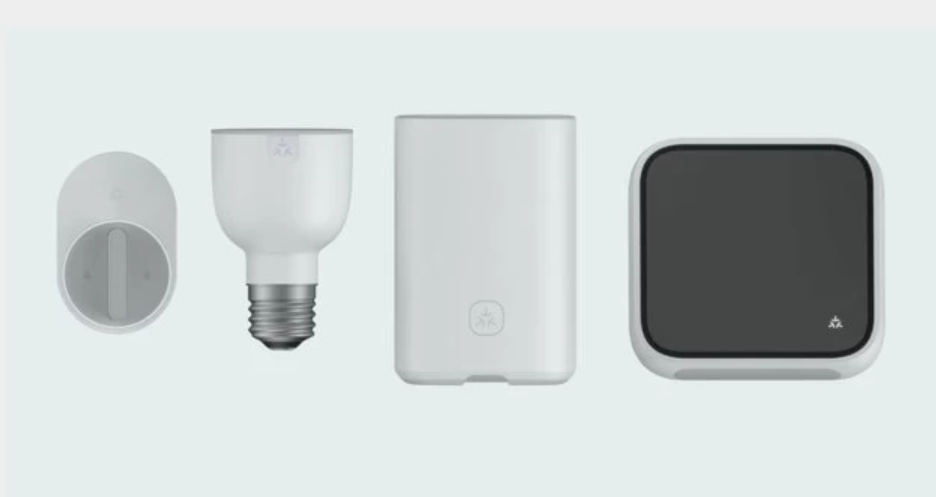
▲ Some Matter devices
The emergence of Matter is to solve this problem. In simple terms, Matter aims to enable efficient interconnection between devices. The Matter standard itself is based on the most common IP protocol in the internet world, representing a new industry standard in the smart home field.In fact, Matter aims to solve the problem of whether devices can “understand” each other; to understand each other, they need to communicate in a common language.Matter may be more like a new communication language specification for future smart devices.Currently, most of the smart devices in our homes can connect to the home WiFi and can be controlled through various apps on our phones, but due to the lack of a “common language,” there are communication barriers between these smart devices, making it difficult to achieve collaborative interaction between devices.As a “universal language,” Matter must ensure that all types of devices can “understand” each other, which refers to compatibility issues.
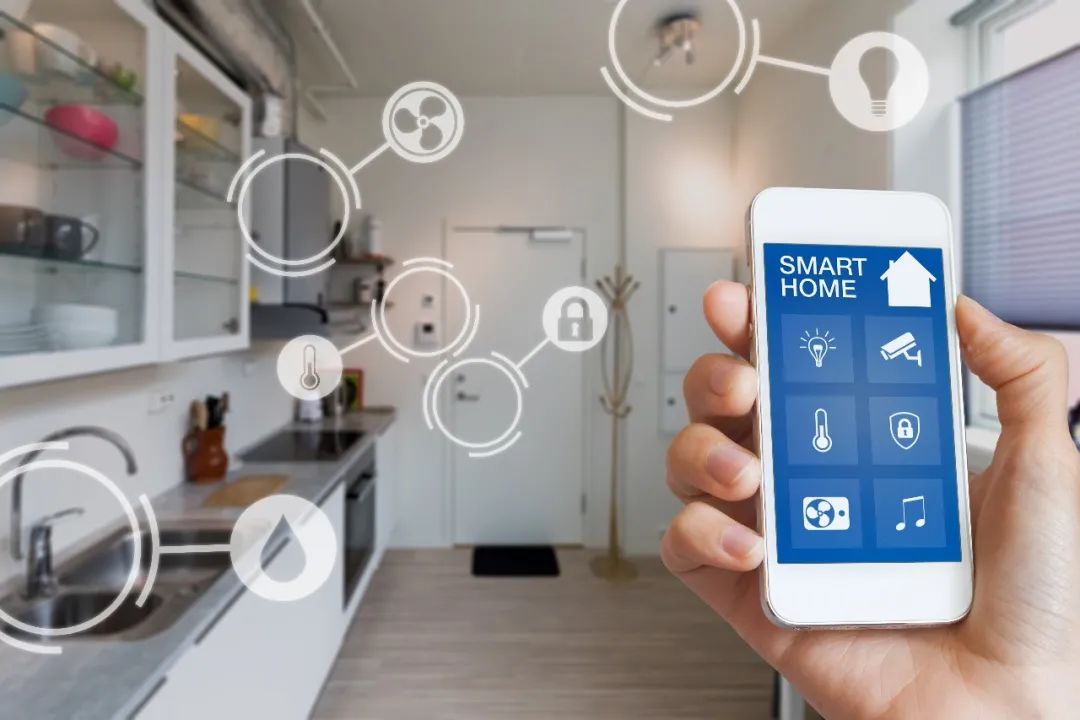
According to the forward-looking standards published by Matter, in the future, after joining the Matter system, devices under Amazon Alexa, Google Home, or Apple’s HomeKit ecosystem can achieve interoperability.Moreover, Matter has a feature that currently no other industry standard possesses: cross-system multi-operation.When you purchase a set of smart home products under the Matter system, whether you are an iOS user or an Android user, you can operate them seamlessly without any ecological barriers.This is revolutionary for improving the current smart home ecosystem experience.02.With the standard yet to be established, can the long-awaited Matter emerge from its infancy?In understanding Matter, one organization is unavoidable: the CSA Alliance, which stands for Connectivity Standards Alliance. The CSA Alliance is also one of the main initiators of Matter.
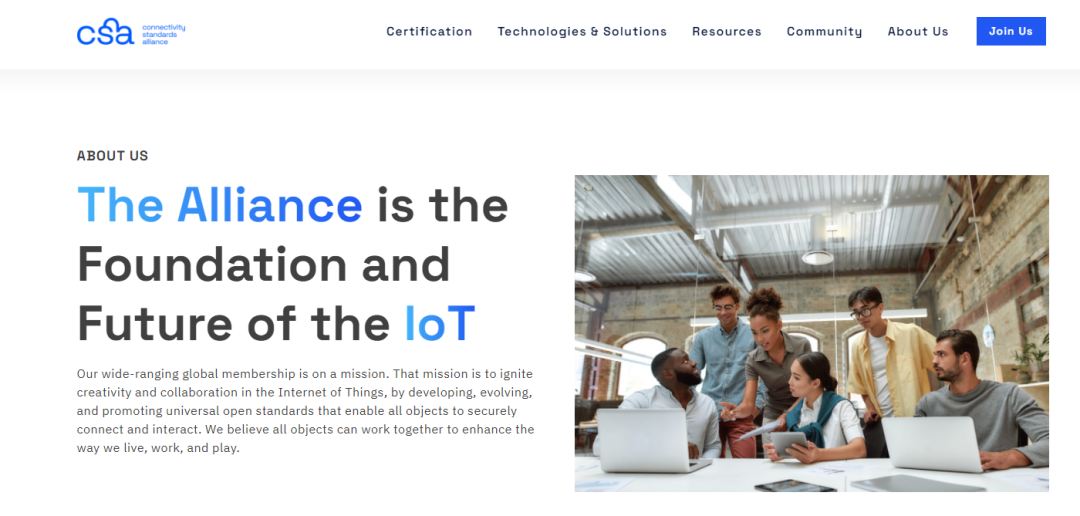
▲ CSA Alliance official website
The CSA Alliance is the former Zigbee Alliance, and the Zigbee standard is considered the “founding father” of the smart home industry. It can be said that Matter and Zigbee are actually “brothers from the same school”.Founded in 2002, the Zigbee Alliance has focused on the IoT field. According to the representative of the CSA Alliance in China, Shang Ruiyun, as early as 2017 and 2018, the alliance organized industry summits where the unification of smart home standards was often discussed, and the demand became more prominent year by year.In December 2019, to address the chaotic standards in the smart home market, the Zigbee Alliance, along with Amazon, Google, Apple, and other overseas smart home giants, established a working group called “Connected Home Over IP”.The purpose, as its name suggests, is to establish a home interconnection standard based on IP protocols, and this group is also referred to as “Project CHIP”.
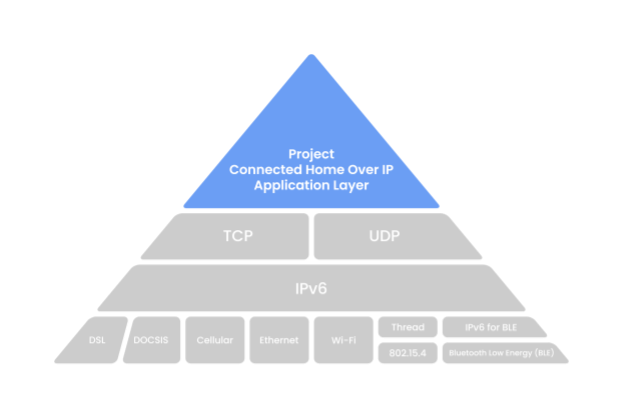
▲ Project CHIP
After two years of development, in May 2021, the CSA Alliance officially released the Matter brand standard, marking the first time Matter appeared in the public eye.On the same day, the Zigbee Alliance officially changed its name to the Connectivity Standards Alliance, as mentioned earlier, and began to focus on promoting the implementation of Matter.Last August, the CSA Alliance postponed the release date of the Matter standard to this year, but the specific time has not yet been finalized.Laura told Smart Things that behind this, the development of the Matter standard encompasses many aspects beyond technical specifications, including the addition of an open-source SDK for developers to facilitate the development of Matter-supporting products and services, as well as refining a set of Matter testing tools and certification systems.They hope to ultimately present a complete and operable set of specific standards to the industry.At the end of last year, new news finally emerged that the Matter standard would be finalized by mid-year, and the first batch of Matter-certified products is expected to hit the market in the second half of this year.Regarding the arrival of Matter, overseas giants are generally optimistic. Google announced last year that its smart voice assistant, Google Assistant, would be able to control any Matter-certified device, and Apple also announced at last year’s WWDC that iOS 15 would support the Matter standard, allowing users to manage Matter devices through the Home App.

▲ Google Assistant
At this year’s CES, Amazon also released new development tools that reportedly make it easier for Alexa smart home partners to develop products compatible with the Matter standard. Samsung has also established the SmartThings platform in the smart home sector, which will also support Matter-certified devices in the future.For manufacturers, the significance of Matter is evident, simplifying the development process for manufacturers, both from hardware and software perspectives. From the consumer’s point of view, the compatibility of numerous smart home devices can be improved, and usability can be effectively enhanced.It seems that Matter is indeed a “win-win” for the industry.03.Since a unified standard is so appealing, why is it still “difficult to unify” the standards now?Launching a unified industry standard is clearly beneficial for both manufacturers and consumers, but why has it taken nearly twenty years for the smart home industry to establish a standard that can “unify the world”? This question is likely more complex than it appears on the surface.1. The boundaries of industry roles are blurred, and manufacturers frequently cross boundaries.Although Amazon, Google, and Apple are undoubtedly smart home giants globally, from the perspective of the domestic market, people have fewer opportunities to encounter these companies’ smart home products, while names like Xiaomi, Huawei, Haier, Midea, Orvibo, and Tuya Smart are much more familiar.The domestic smart home market is still in its early development stage, and there are no clear boundaries between the upper, middle, and lower reaches of the industry; many companies are actually “multi-functional”.From hardware products to operating systems, to smart home platforms and various software algorithms, they almost cover everything.On one hand, the industry division of labor is not yet mature, and on the other hand, the intertwining of various new and old players complicates the types of market participants.Currently, the core device in smart homes remains the smartphone. Although various “screened” devices seem to have the potential to become the control center of the home, it is undeniable that the device most closely associated with people is still the phone. Therefore, smartphone manufacturers have become the main participants in the current smart home market.Xiaomi, which started early, has a relatively mature Mijia ecosystem, and has established a deep impression in consumers’ minds; many people first think of Xiaomi when mentioning smart homes.
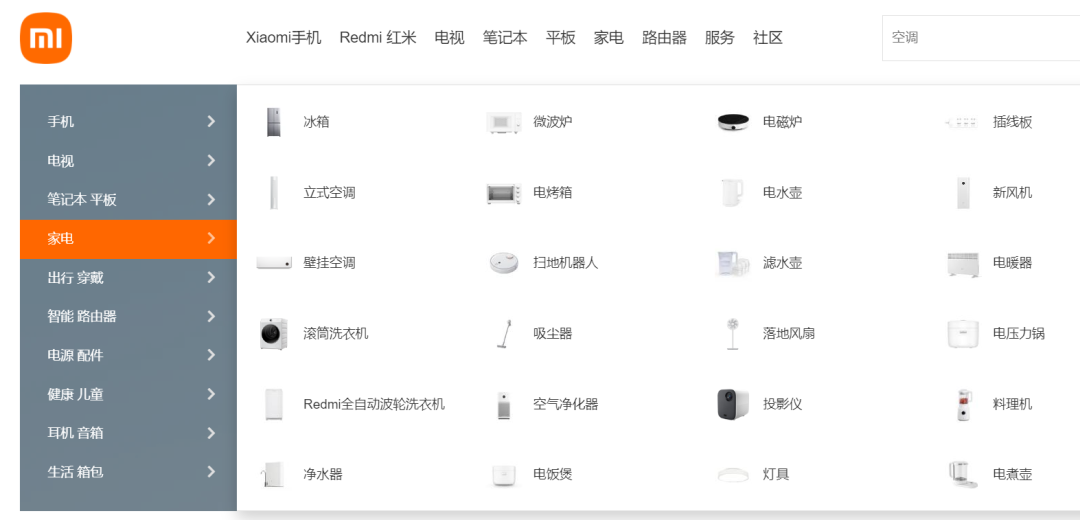
▲ Xiaomi official website
As early as the beginning of 2019, Xiaomi’s founder and CEO Lei Jun set “mobile x AIoT” as Xiaomi’s core strategy, and the company’s technology layout, product planning, and even organizational structure have been centered around this core strategy.In the smart home field, Huawei is one of Xiaomi’s major competitors. After facing restrictions in chip supply and a cooling smartphone business, IoT has become one of Huawei’s main tracks, and its HarmonyOS, specifically designed for the IoT market, has undergone several major version iterations and has already been implemented in some home appliance manufacturers’ products.
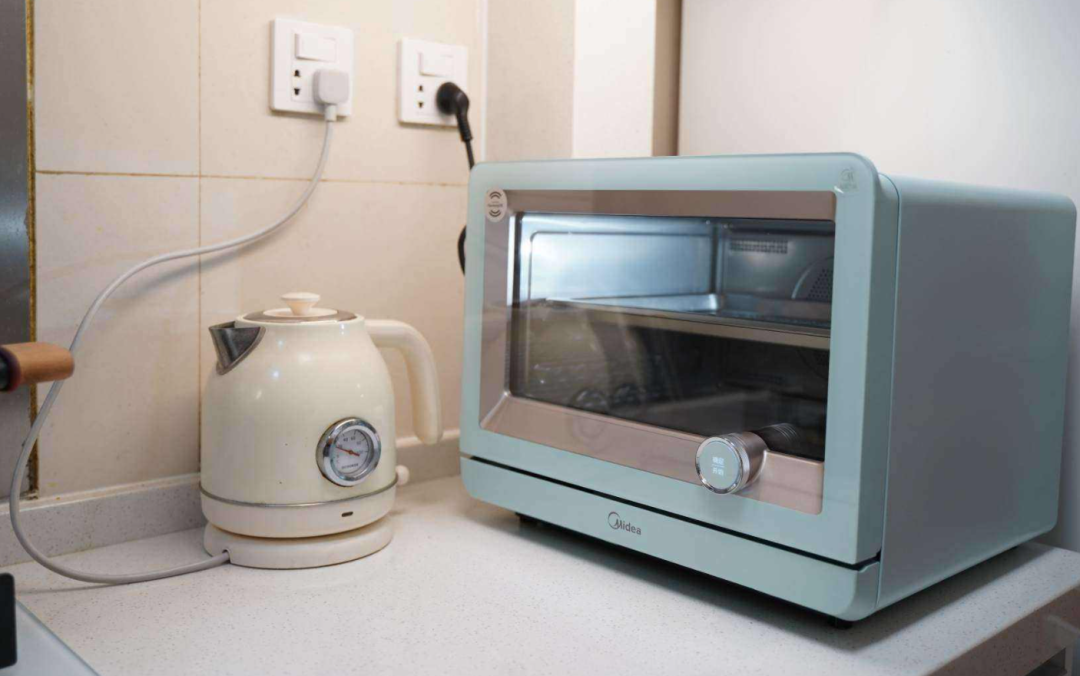
▲ Some home appliances supporting Huawei HarmonyOS
Huawei’s Wang Chenglu has expressed a similar view, stating that the IoT market may be ten times larger than the smartphone market in the future, and its potential is enormous, with HarmonyOS serving as the “foundation” technology for this market.In addition to Xiaomi and Huawei, I have also noticed that smartphone manufacturers like OPPO, vivo, and Honor are actively laying out in the IoT market, and undoubtedly, smartphone manufacturers will be an important player group in the smart home market.Besides smartphone manufacturers, traditional appliance manufacturers like Midea, Haier, and TCL have also been actively transforming in recent years, shifting from traditional large appliance categories to various small and medium-sized smart hardware products, and have begun to focus on software technology to fill the gaps in software algorithms.
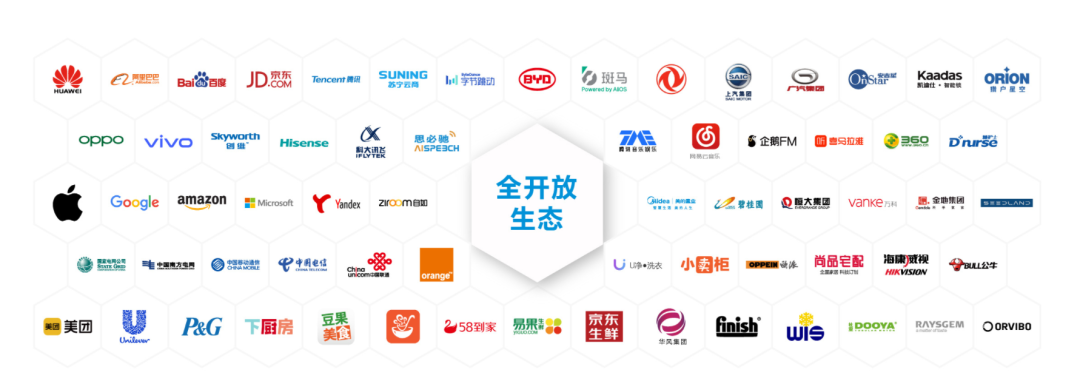
▲ Midea IoT ecosystem partners
In addition to these hardware-focused smartphone and appliance manufacturers, there are also self-branded smart home hardware manufacturers like Orvibo and Nanjing IoT, who are also involved in the development of whole-house smart home software systems. However, in terms of shipment volume, they still lag behind smartphone and appliance manufacturers.Tuya Smart, which just went public in the US last year as an “IoT development platform service provider,” is also a relatively unique player in the domestic market. On one hand, they help hardware manufacturers develop smart home products more efficiently through a mature open technology platform; on the other hand, they enable manufacturers’ smart home devices to better collaborate with other smart home ecosystem products.

▲ Some categories of products empowered by Tuya Smart
It can be seen that in the smart home market, especially in the domestic smart home track, various players are intertwined. Although there is some differentiation in business scope, it is not uncommon for hardware manufacturers to focus on software and platforms, while platform manufacturers engage in hardware.The collaboration of multiple smart hardware products from different suppliers and ecosystems still faces significant challenges.It is important to note that although we see many players in the smartphone and traditional appliance industries trying to grasp hardware, software, and platforms, this model is more about strengthening the “ecological closed loop” within the brand, and consumers and manufacturers may still be “bound” by a particular ecosystem.In contrast, players like Tuya Smart are creating a neutral, open IoT development platform, which, in essence, is similar to what Matter is trying to achieve: to allow consumers to no longer face a chaotic ecosystem and enjoy a better collaborative experience, and it is open and third-party.How players like Xiaomi and Tuya will participate in and influence the formulation and implementation of the Matter standard remains to be seen.
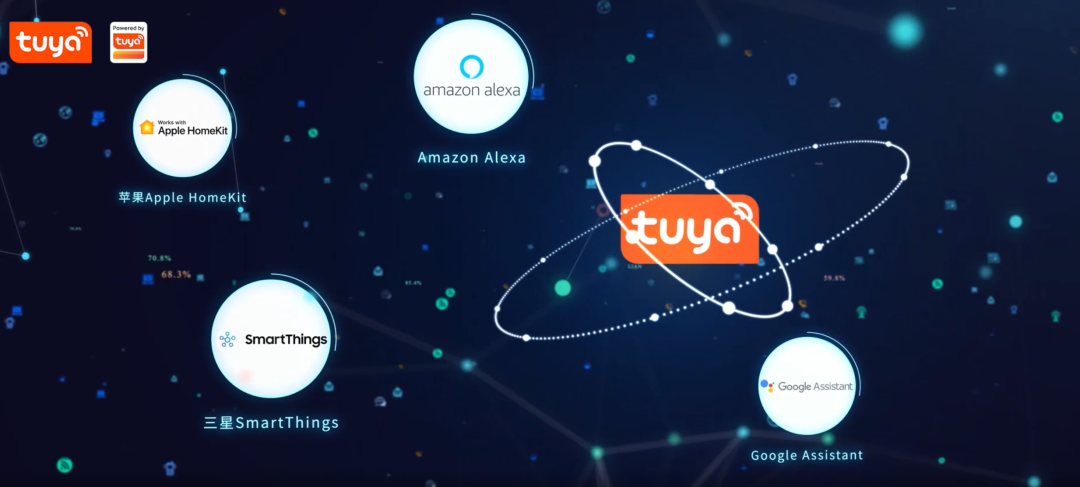
▲ Products developed through the Tuya platform can be compatible with devices from Apple, Amazon, Google, and Samsung smart home ecosystems
2. Technical challenges may yield to the struggle for interests.Some IoT players told Smart Things that in the past, developing smart home applications only required creating a set of API data interfaces, interfaces, and security protocols, but today they have to create 3, 4, or even 5 sets simultaneously, as different users may choose different brand systems of hardware products.Some industry practitioners told Smart Things that the technical difficulty of a unified industry standard is not as great as imagined; as long as different platform manufacturers can authorize each other, it is relatively easy to achieve on a technical level. They said that based on a public external network, layered processing can be done, and compatibility with products under different protocols can be achieved through intermediate gateways.However, while this idea is good, the specific implementation must address the issue of interest struggles between various platforms and manufacturers.Interest issues are always one of the core challenges that commercial logic must face.As mentioned earlier, hardware manufacturers integrating software and hardware is a way to continuously strengthen their ecological closed loop, allowing users to be more firmly locked in, which is a way to maximize benefits for manufacturers in a market with limited scale.
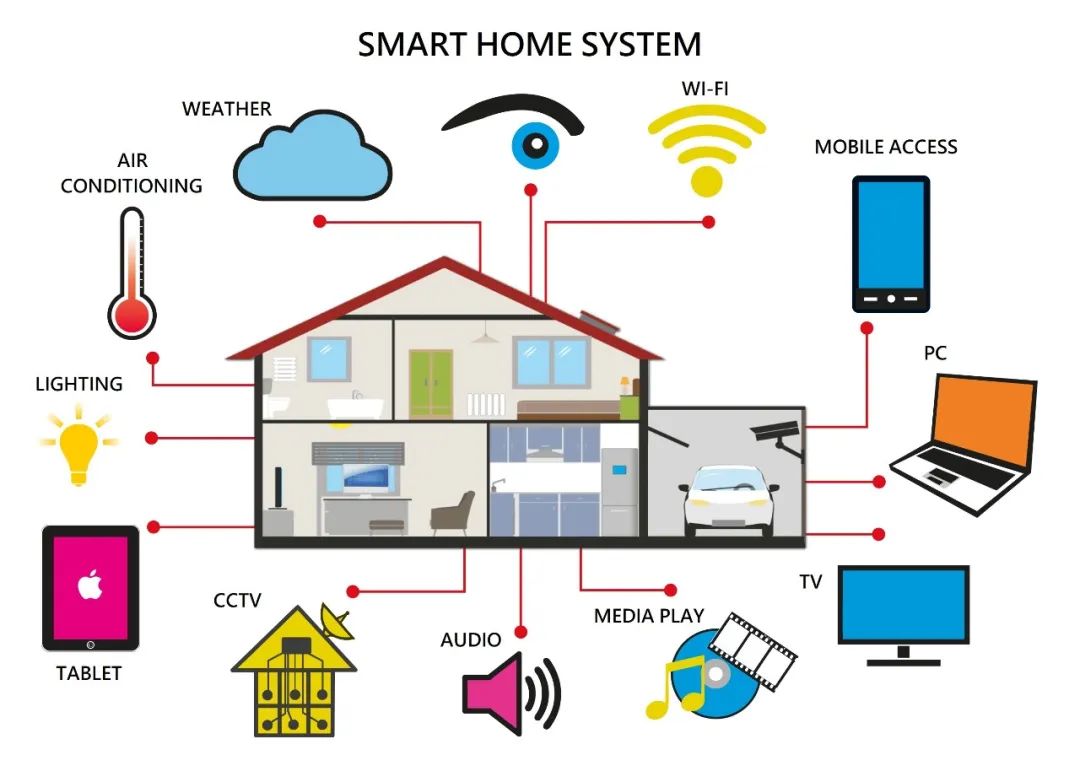
Moreover, mutual authorization implies openness, and openness means that competitors can understand each other better. The advantages accumulated in the early stages may be caught up by competitors or even new entrants, which makes existing players in the market somewhat “conservative” in standard formulation.3. The necessity of a standard is also crucially dependent on industry maturity and scale.In-depth discussions with Yang Yi, co-founder and COO of Tuya Smart, revealed that the domestic smart home market is still in its early development stage. Only when the industry reaches a certain scale can the benefits of standardization outweigh the costs incurred by manufacturers.When there are enough players involved, the positive effects of a unified standard will outweigh the costs that manufacturers have to bear, which will truly motivate more players to participateand thus allow the formulation of industry standards to take place.However, Yang Yi added that the domestic smart home market is developing rapidly, with the number of participating enterprises growing quickly. Tuya Smart is very optimistic about this track, which is why Tuya announced at the recently concluded CES that in addition to existing communication protocols, they will further provide Matter protocol development options.IDC estimates that in 2021, the shipment volume of smart home devices in China was about 230 million units, and this number is expected to reach 540 million units by 2025, with a compound annual growth rate of 21.4%, indicating significant market potential.
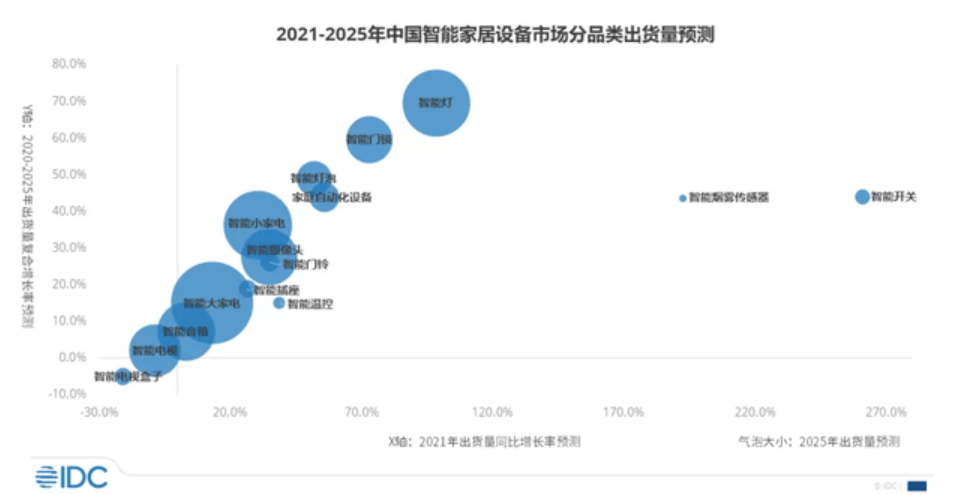
Of course, in the domestic smart home market, there is still no unified industry standard.In 2018, the China Household Electrical Appliances Association promoted the interconnection of smart appliances across brands and proposed a lightweight technical solution for cloud interconnection.A year later, Midea Group, the China Real Estate Industry Association, the China Household Electrical Appliances Research Institute, Tsinghua Happiness Technology Laboratory, and the National Development Bank’s National Development Agriculture and other enterprises and institutions jointly established the “Smart Home Joint Laboratory”.
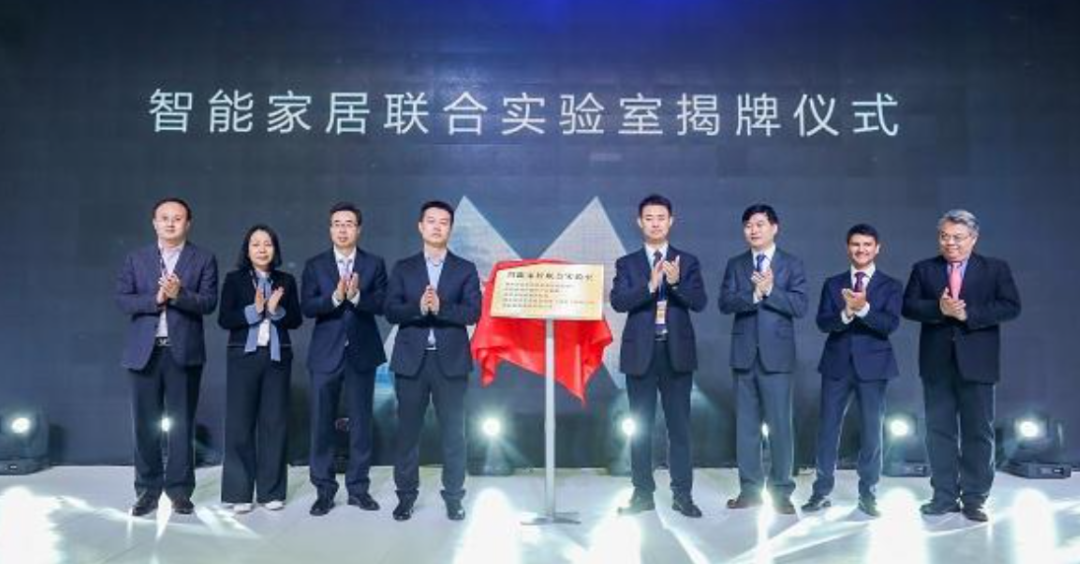
The core goal of this laboratory is to create a unified protocol in the domestic smart home market, formulate industry standards, and innovate services and product development. However, two years later, this laboratory has yet to announce any substantial progress.It is not impossible to launch an industry standard similar to Matter domestically, nor is it a technical challenge that cannot be overcome; the domestic smart home market is on a fast track to maturity, and the unification of standards will inevitably be one of the major trends in future development.04.After encompassing both domestic and foreign giants, can Matter truly achieve “unification”?Although the formulation of industry standards in the smart home sector faces many challenges, Matter still gives us considerable hope.Currently, the manufacturers involved in the Matter standard almost cover all mainstream players in the domestic and international smart home tracks. According to the member levels of the CSA Alliance, they can be divided into three categories: promoters, participants, and adopters.According to publicly available information on the Matter website, there are currently 24 promoters, ranging from overseas tech giants with balanced software and hardware capabilities like Apple, Google, Amazon, and Samsung, to home appliance giants like IKEA and Schneider, and upstream chip manufacturers like Infineon, NXP, Texas Instruments, and STMicroelectronics.On the domestic side, companies like Huawei, OPPO, Tuya Smart, and Nanjing IoT are also among the promoters, and it is understood that Shenzhen Chip Technology is also a highly participative chip technology manufacturer.
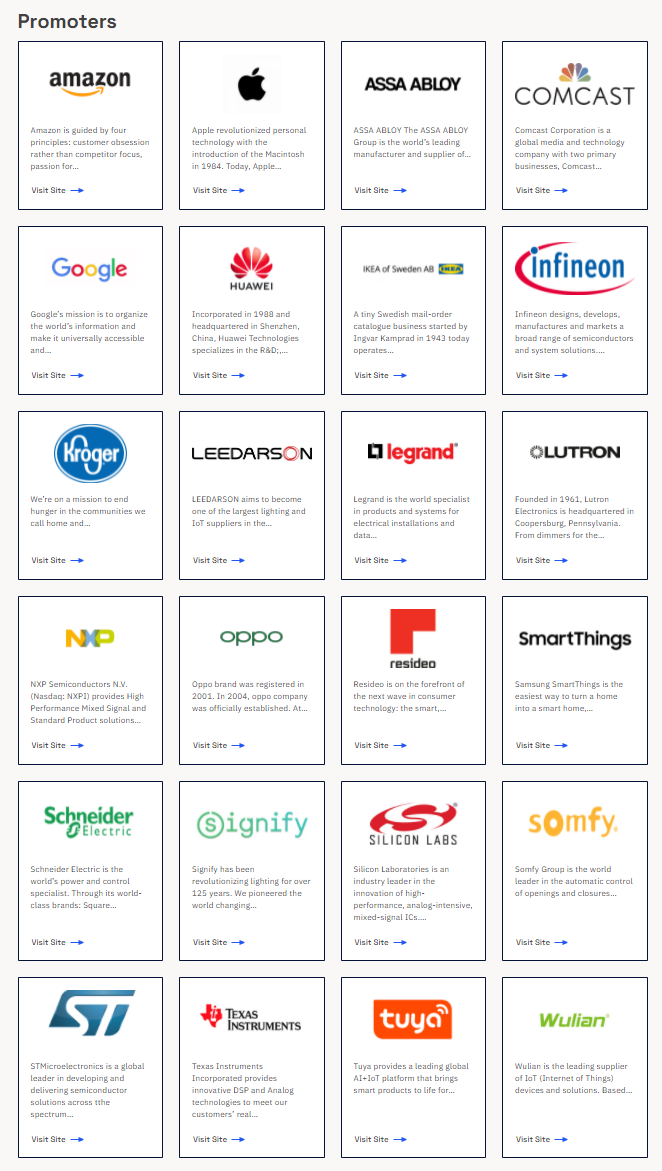
▲ Major promoters of Matter
It can be seen that from terminal hardware giants to appliance manufacturers, to core component suppliers like chips, all are included in the list of promoters of the Matter standard.The number of participants in the Matter standard has reached 220, an increase of more than 50 from the 170 at the time of the official standard’s birth in May 2021.
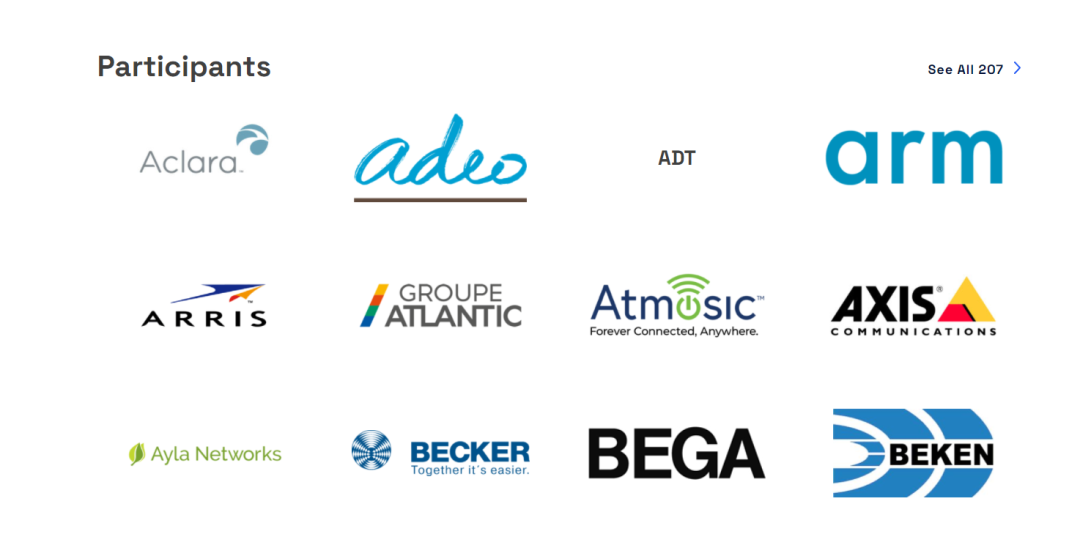
▲ Some participants of Matter
Among the participants are familiar smartphone manufacturers like Xiaomi, vivo, and Honor, traditional appliance manufacturers like Haier, Midea, TCL, Panasonic, Toshiba, LG, and Siemens, as well as chip design manufacturers like Qualcomm, MediaTek, and chip IP manufacturers like Arm.It can be said that the Matter protocol involves leading players from almost all directions in the tech field, and the well-known tech giants are all represented in the list. This is one of the reasons why the Matter standard has higher potential compared to other standards.Of course, how manufacturers will specifically act and whether they will support the implementation of the Matter standard with concrete actions remains to be seen.On the technical side, the Matter standard must cross different ecosystems, different wireless standards, and different applications to achieve interoperability of smart home products, and the R&D difficulty behind this is also enormous.
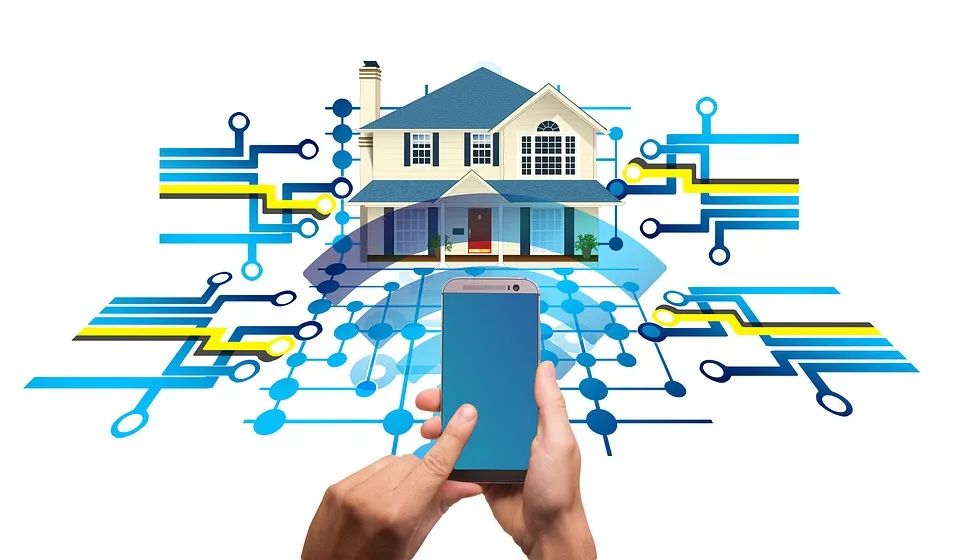
The reality that Matter faces is that major smart home giants already have their own ways of doing things; Matter is not starting from scratch to establish a new approach, but rather getting everyone to sit together, seek common ground while reserving differences, and discuss an industry standard that is applicable to all, balancing the interests of most people, and truly executable.Yang Li, a solutions architect for the CSA Alliance in the Asia-Pacific region, told Smart Things that on a technical level, they need to do a lot of architectural integration to achieve better compatibility, which requires the participation of professional institutions and enterprises.Moreover, in the era of the Internet of Everything, security is also paramount. Companies like Apple, Microsoft, Samsung, Huawei, and Xiaomi always emphasize the security protection mechanisms behind their products when launching them, from hardware to software without exception. The complexity of the ecosystem involved in Matter will also pose greater challenges in terms of security.On the other hand, the smart home market is still in its growth phase, so the speed of technological and product iteration is also very rapid. Whether an industry standard can adapt to technological iterations and maintain its advancement is also a detailed consideration for all parties involved in the formulation of Matter.Finally, there is a very practical issue: how to support existing devices. Imagine if 90% of your smart hardware products cannot be compatible with a standard, and to be compatible with other ecosystem devices, you need to replace all 90% of those products; the labor, time, and financial costs are unreasonable, making the threshold for standard implementation very high, inevitably “discouraging” many potential users.
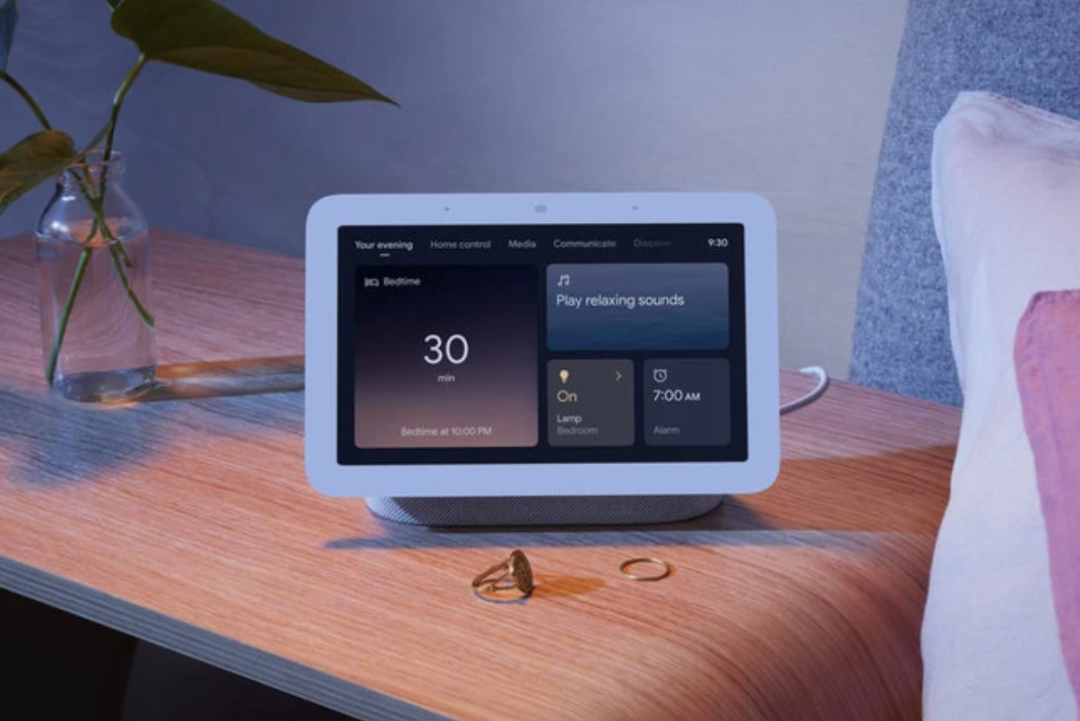
According to the CSA Alliance’s plan, the Matter standard can support old hardware products through software upgrades or through bridge devices to achieve compatibility with already deployed smart products based on other standards.Indeed, this is a very easy solution to think of, but whether manufacturers are willing to truly promote the execution of the plan, update systems for old devices, and whether it will affect the use of old devices, as well as whether they will encounter hardware computing power bottlenecks, all these questions make the final implementation of the Matter standard still full of challenges.05.Conclusion: The smart home market, which has been brewing for over 20 years, may face a major reshuffle.The gradual advancement of the Matter smart home new standard shows us a process of continuous maturation in the industry. The shackles of a chaotic smart home industry ecosystem and the difficulty of unifying standards are gradually showing signs of being broken under the joint efforts of many participants in the tech industry.The framework and specifications of the Matter standard have been basically formed, and the time for the standard to be officially implemented has been determined. The true performance of Matter will soon be revealed.Of course, the implementation of Matter still faces many uncertainties; a one-year delay in release is enough to illustrate the significant resistance behind it. Moreover, the formation of standards across the industry involves collaboration across companies, countries, and regions, with the distribution of interests and the final execution being filled with uncertainties.Whether Matter can unify the smart home market remains a question mark, but we can be sure that the development of the smart home market is still progressing rapidly, and once Matter is implemented, it is likely to trigger a new round of reshuffling in the global smart home market.Benefits of this article:The development of smart homes from individual products to whole-house solutions is a long-term process. The industry standard for smart homes, Matter, is also progressing.Recommended premium report “Smart Home Industry Research Report – Moving Forward, the Future is Promising”, available by replying with the keyword [Smart Things 267] in the public account chat.
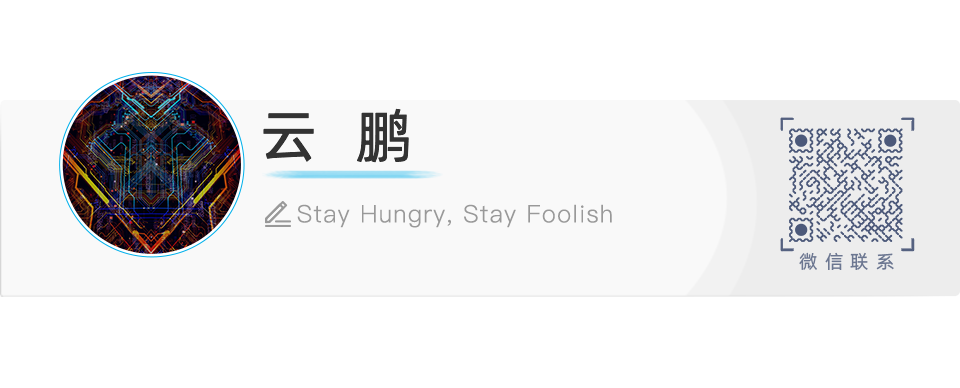
(This article is original content from NetEase News • NetEase account’s special content incentive program, and unauthorized reproduction is prohibited.)
